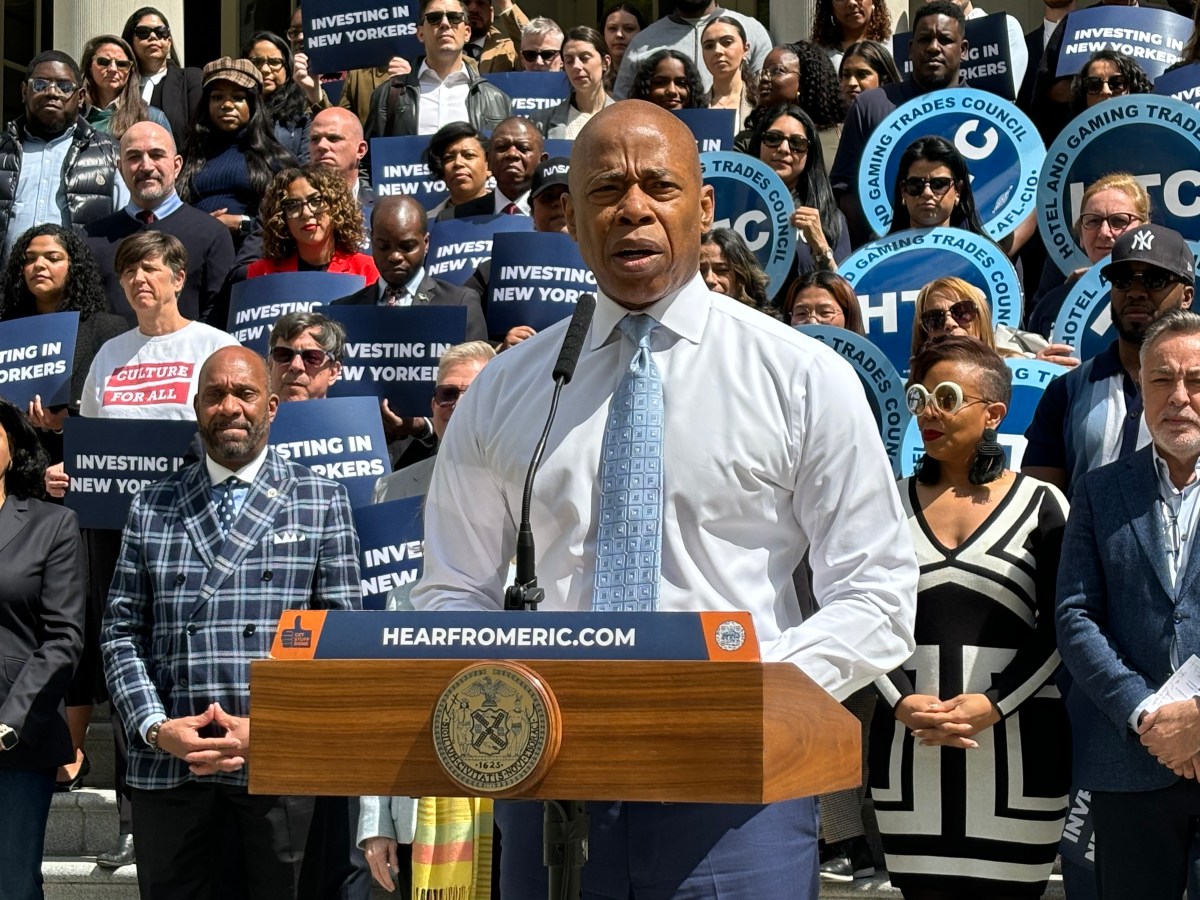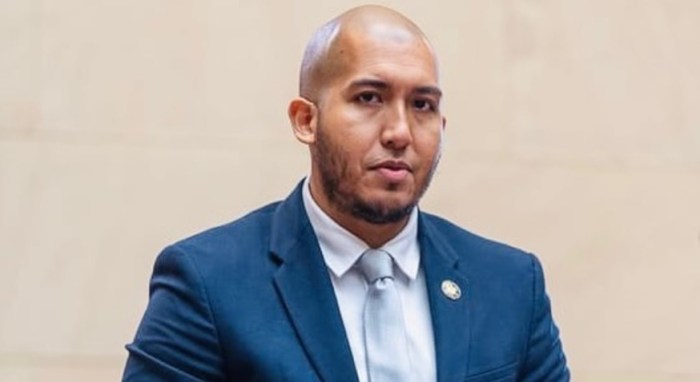POLITICAL NEWS Analysis
(AP) It’s not exactly Groundhog Day for Kirsten Gillibrand, New York’s junior U.S. senator who is ramping up for a second, high-stakes campaign just two years after she won the seat.
The Democrat has broader support, more recognition and more money than she did two years ago and, with just nine months to go, no big-name Republican has emerged to challenge her.
But state GOP leaders say they can still grab the seat and at least one recent poll suggests Gillibrand has yet to seal the deal with New York voters, some who still have a sketchy image of her.
“I don’t know a lot about her,” said Tom Schiavi, a 43-year-old truck driver from Buffalo. “I haven’t heard anything bad about her. There haven’t been any scandals or anything, which is good.”
A registered Democrat, Schiavi said he’d vote for her unless someone he liked better entered the race.
Gillibrand faces the tight election schedule-full Senate terms run six years-after she was appointed in 2009 to fill the seat vacated by Secretary of State Hillary Rodham Clinton. Gillibrand won the right in 2010 to fill out the remaining two years of Clinton’s term and now has to pivot to another race.
This year’s run for a full term comes during a year when Republicans can take control of the U.S. Senate if they can pick off four seats. Gillibrand’s seat is generally considered more secure than some Democratic colleagues in more high-profile races, like Claire McCaskill in Missouri and Jon Tester in Montana.
Not only do Democrats hold a two-to-one registration advantage over Republicans in New York, but the formerly unknown congresswoman from a largely rural district in upstate New York has also worked hard woo New York’s voters.
She has become a high-profile voice for gay rights, and she cited her efforts on behalf of last year’s repeal of the military’s “don’t ask, don’t tell” policy in a phone interview with The Associated Press. But she also mentioned issues ranging from her current legislation to curtail insider trading by members of Congress, to passage of legislation to provide benefits to Sept. 11 responders, which included an appearance on The Daily Show with Jon Stewart.
“This job is all about solving problems,” she said, “and so the problems are many for New York right now.”
Gillibrand was tapped for the Senate in January 2009 over more senior Democrats in part because of her fundraising ability, a formidable weapon to stave off early challenges both from the GOP and from within her own party. After spending almost $13 million in 2010, she is quickly replenishing her campaign account and was expected to report $8.1 million in a filing due on Jan. 31.
That would be about $3 million more than she had in January 2010, when Gillibrand was struggling to cement her support amid an intra-party challenge from former Tennessee congressman Harold Ford. Gillibrand’s poll numbers are no longer anemic, but they still lag behind those of other statewide figures like Gov. Andrew Cuomo and Sen. Charles Schumer.
In a Siena poll this month, 53 percent of respondents said they would vote to re-elect her, though a NY1- YNN Marist poll last week was less rosy. More respondents told Marist they were undecided than those who said they definitely planned to vote for her. Marist pollster Lee Miringoff said the numbers show Gillibrand “has yet to really establish herself in New York.”
Gillibrand said it’s a work in progress.
“It takes time,” she said. “I’ve only been their senator for three years and we have 20 million people in our state … people will get to know me over time.”
New York State Republican Party Chairman Ed Cox said the polls underscore her vulnerability born of her shift to the left on gun rights and other issues when she moved to the Senate after representing a more conservative upstate House district.
“No one is sure what she stands for and that’s just not what New York wants,” Cox said.
At least two Republicans emerged as possible challengers. George Maragos, the comptroller of Nassau County on Long Island has already started campaigning and businessman Marc Cenedella is meeting with Republicans. Cox said Maragos could spend up to $5 million and Cenedella $15 million. The chairman said there are “other potential candidates” he would not identify.
Cenedella, CEO and founder of the job-search site TheLadders.com, received a harsh welcome to New York politics last week when The New York Times, relying on information from an unidentified Cenedella opponent, reported on postings from a web site titled “The personal blog of Marc Cenedella”-with entries titled “Sexy vs. Skanky” and “High Quality Dope.” Cenedella has decried the “smear” and said the postings are from an old site with multiple contributors.
Editor’s note: Cenedella dropped out of the race last week.
Republicans had similarly high hopes in 2010. Gillibrand, despite her fundraising, was initially viewed as vulnerable as the appointee of a weakened Gov. David Paterson. But after Rudy Giuliani and other big names bowed out, three little-known candidates ran in a GOP primary won by Joseph DioGuardi, a Westchester County congressman who lost his seat in 1988. Immediately after the primary, Gillibrand spent millions on TV ads statewide the underfunded Republican could not begin to match.
She cruised to victory with 63 percent of the vote.
Miringoff notes that any Republican would likely have a tougher time unseating Gillibrand this time around, and not just because she is more established. Republicans had the wind at their backs in the midterm 2010 campaign, but this year’s presidential race should help New York Democrats draw on their substantial enrollment advantage.
“The context is more favorable for her. But in and of themselves, her numbers are not eye catching,” Miringoff said.
Editor’s note: Associated Press writer Carolyn Thompson contributed to this report.






























